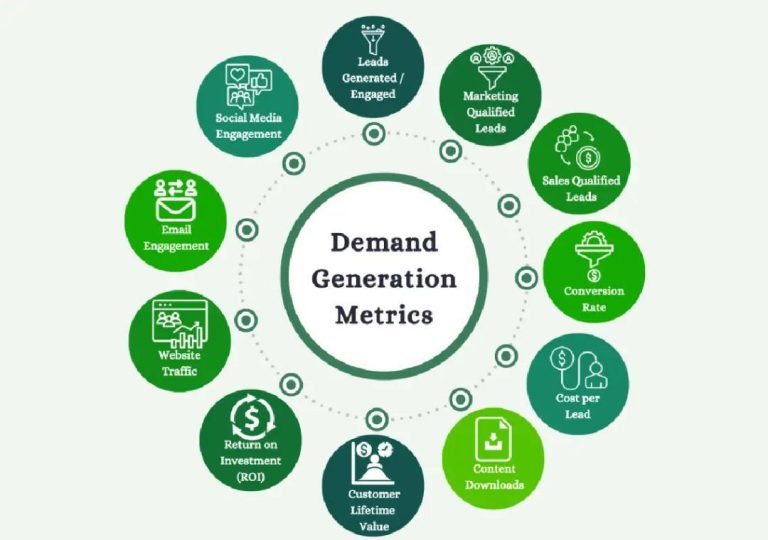
The Surprise-Driven Economy is Shaking Up Consumer Markets
The world of consumer markets is known for its unpredictability, but recent trends have taken even the most seasoned analysts by surprise. From the chaos that erupted in cinemas when teenagers stormed the theaters to catch a glimpse of a new movie, to the unexpected surge in perfume sales and the sudden slump in sneaker demand, consumer behavior is shifting in ways that were previously unimaginable. As Govindraj Ethiraj astutely observed, “The new consumer economy is now built on surprises, not just insights.”
One of the primary culprits behind this unpredictability is social media, particularly TikTok. The platform, which has taken the world by storm, has given consumers a voice and a platform to express themselves in ways that were previously unimaginable. As a result, brand managers are finding it increasingly difficult to keep pace with the ever-shifting winds of consumer demand.
Take, for example, the recent boom in tablet sales. Lenovo, a leading technology brand, spotted this unexpected trend and quickly capitalized on it, releasing a new range of tablets that catered to the demands of this emerging market. But how did they manage to do this? The answer lies in their willingness to adapt to changing consumer trends and their ability to abandon traditional notions of what constitutes “insight.”
Traditionally, brands have relied on legacy data to inform their marketing strategies. This data, which is often based on historical trends and consumer behavior, provides a snapshot of what consumers are likely to do in the future. However, as the world becomes increasingly unpredictable, this approach is no longer sufficient. Brands need to be able to respond to unexpected shifts in consumer demand, and this requires a more nuanced understanding of the consumer.
One of the primary challenges facing brands is the need to balance the need for data-driven decision-making with the need for flexibility and adaptability. In the past, brands were able to rely on tried and tested formulas for success, but in today’s fast-paced and ever-changing consumer landscape, this approach is no longer viable.
So, how can brands adapt to this new reality? The answer lies in embracing the concept of “surprise-driven” decision-making. This approach involves recognizing that consumer trends are inherently unpredictable and that the only way to stay ahead of the curve is to be prepared to adapt to unexpected changes.
One of the key benefits of this approach is that it allows brands to respond quickly and effectively to emerging trends. By being willing to take risks and abandon traditional notions of what constitutes “insight,” brands can capitalize on unexpected opportunities and stay ahead of the competition.
Take, for example, the recent surge in interest in veganism. This trend, which was largely unexpected, has given rise to a new generation of consumers who are demanding plant-based alternatives to traditional products. Brands that were able to respond quickly to this trend, such as Beyond Meat and Impossible Foods, have seen their sales soar as a result.
In conclusion, the surprise-driven economy is shaking up consumer markets in ways that were previously unimaginable. Brands that are able to adapt to this new reality by embracing the concept of “surprise-driven” decision-making will be the ones that come out on top. By being willing to take risks and abandon traditional notions of what constitutes “insight,” brands can capitalize on unexpected opportunities and stay ahead of the competition.
As the world continues to evolve and change, it is clear that the consumer economy will only continue to become more unpredictable. But by embracing this unpredictability and being willing to adapt to changing consumer trends, brands can stay ahead of the curve and succeed in this new era of consumerism.






